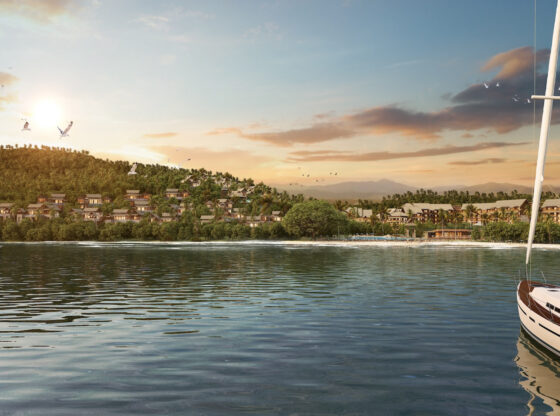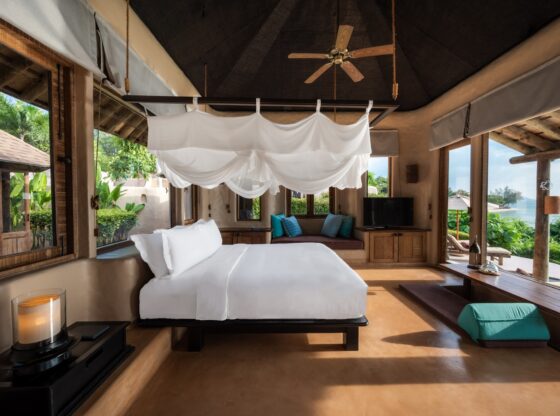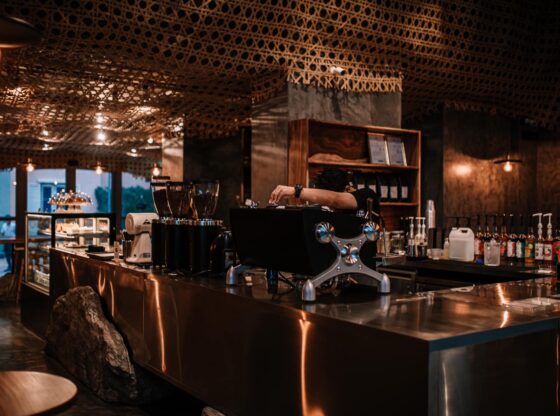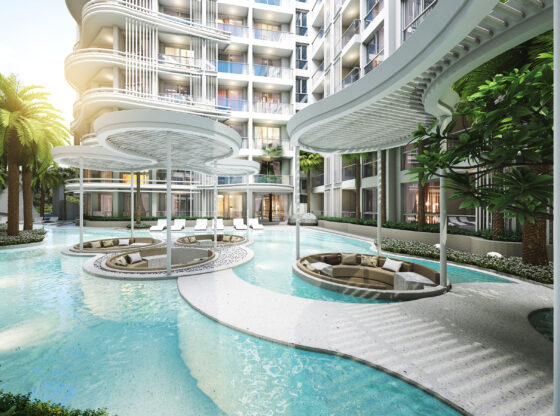![]()
Flexible spaces: how COVID-19 is affecting the design of our future homes
With more people working remotely, architects are focusing on flexibility and access to outside in their post-pandemic designs
COVID-19 has brought about a revolution in the way we think about home. The new normal will see many more of us needing permanent and flexible home-working, exercise and schooling areas, in energy-efficient property with outside space a must.
It is crucial for future homes to be designed with multiple uses in mind, such as carving out dedicated workspaces or gyms or creating rooms that are reconfigurable depending on the time of day.
As the majority of people work from home, home office ideas may be included in future home design. Instead of working from the living room, dining room, study room, or shared spaces, people would like to have a private space that includes WFH functionalities such as proper seating, lighting, acoustics, temperature control, pleasant ambiance, and more. Before, people were not working from home frequently, but now, they are working from home five or six days a week. In such circumstances, they might want a proper environment for working and a dedicated space for virtual meetings.
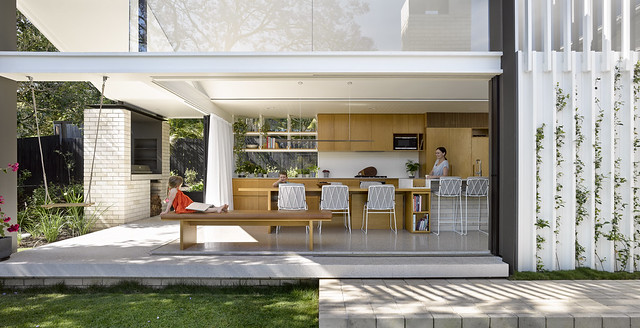
Now, we are living, working, playing, and learning within one residence, so the maximum space design is going to be the key to future homes. People would like to buy homes that contain separate spaces for a home office, workout, online classes, and relaxation.
Open floor plans are not gone, but adaptability is important. For example, an open room can be configured into three different spaces with pocket doors or glass-and-steel folding doors that open and close. You can have it all open into one big space with an expandable dining table or you can convert it to use temporarily as offices, a guest bedroom, or a library.
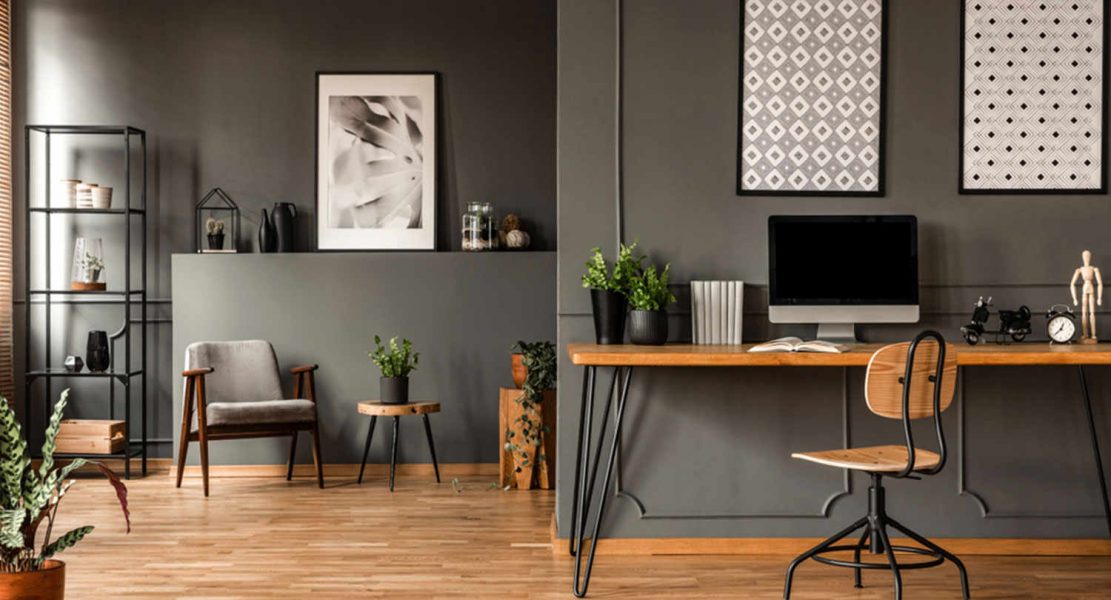
People may invest in homes that allow them to follow self-quarantine and other infection-control measures. For example, they may want homes with fully-furnished bedrooms, guest rooms, and bathrooms. They can use guest rooms to quarantine a member of the household or a guest in later times, contributing to a hygienic environment and creating a sense of comfort and privacy.
As homes become more important and mass transit lines allow people to shift further away from inner-city areas, there is ample opportunity to develop residential projects in new locations accessible to transportation that provide larger facilities.
In the future, a family living arrangement will not be limited to parents with children or couples with no kids but will also include unique arrangements such as friends living with friends, siblings living together or father-in-law with son-in-law.




